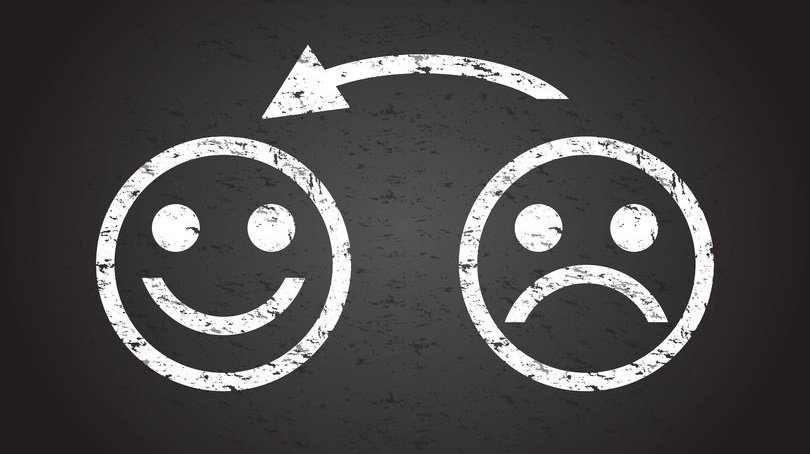Oct 19 2017 If You’re Using CSAT To Measure Customer Satisfaction, It’s Time For Change

As we’ve discussed in the past, there is a measurable difference between what companies think of the service they’re delivering, vs. what their customers think of that same service. We call this the perception gap, in which 80 percent of businesses ranked their service delivery highly, but only 8 percent of consumers agreed with them in their assessment.
This gap translates into a missed opportunity for most companies, as Harris Interactive found that nine out of 10 consumers would pay more to ensure better customer service, and Accenture reports that service – not price – is the main reason for moving onto a different brand.
The latter was further backed up by Harvard Business Review, who reported that 25 percent of customers would jump ship to a competitor after a single negative experience.
The first step toward resolving this kind of challenge for your own business is to ensure you have a clear and accurate picture into the satisfaction of your customers. But that hinges, of course, on using the right metrics to do so.
And not all measurements are created equal.
Your Metrics Should Measure Effort
Companies that want to improve satisfaction, often end up implementing strategies around “delighting” their customers. Unfortunately, this is often a wasteful exercise in futility, as customers don’t want to be delighted – they want you to make their lives easier.
(Ultimately, reduced effort that drives loyalty to your brand, as well as increased retention, wallet share and advocacy.)
There are three common metrics used to measure satisfaction: Customer Satisfaction (CSAT), Net Promoter Score (NPS) and the Customer Effort Score (CES). Of the three, 80 percent of organizations use the CSAT metric to measure loyalty – which is often also paired with a strategy geared toward customer delight.
But, in 2013, the Corporate Executive Board Company found in their research that of the three metrics, CSAT was the most lacking regarding predictive power for repurchasing and increased spending.
In fact, the CES was found to have the highest rate of predictive power in both categories – repurchasing and increased spending – even over NPS. Bottom line, this study debunked the ever-popular delight strategy most companies cling to, in their mission to shore up brand loyalty with their customers. Instead, there needs to be a paradigm shift in thinking:
Because again, it’s not about driving loyalty; it’s about reducing effort.
You’re Making an Investment in Success
While it is evident leveraging CES as a measurement for success is important, real success comes from challenging the notion within your organization that delight equates with loyalty. This kind of shift can be painful, as it may require you to pivot strategies and invest in new technologies.
It is, however, necessary. Especially since today’s modern consumers are more fickle and fairweather than ever before.
Don’t worry – you will be rewarded. By implementing an effort-focused strategy – paired with the right metrics – you will enjoy customers who are more likely to repurchase from you, spend more with you and evangelize your brand to friends and family.
